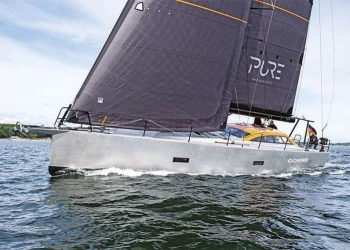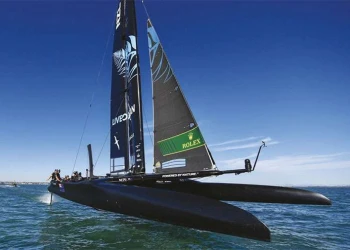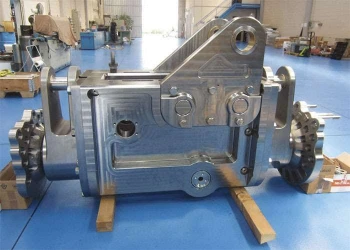
Victor Mariño is the latest addition to Doyle Sails' virtuoso line-up
Victor Mariño is the latest addition to Doyle Sails' virtuoso line-up
Renowned Spanish grand prix sailor Victor Mariño is committed to pushing the frontiers of sailmaking design and technology. However he places even greater importance on servicing his clients according to their particular needs...
Victor Mariño is the latest addition to Doyle Sails' virtuoso line-up. With a CV that includes several America’s Cup campaigns asw well as 10 world titles from performance dinghies to Farr 40s, TP52s and Maxis, Mariño brings huge experience to the toptable conversation that lies behind the relentless drive for development across all aspects of the Doyle Sails operation.
At the apex of the sailing pyramid in fully professional events such as the America’s Cup, The Ocean Race, the Vendée Globe and SailGP, the technology is unleashed to its full potential. Backed by big corporate sponsors, this is where the state of the art is redefined at every cycle. ‘It is like Formula One where the development process is pushed to the limits. Then the discoveries which are made at that level gradually begin to spread throughout the sport,’ says Mariño.
First stop on that journey through the pyramid and not far from the apex are classes like the TP52s, RC44s, Maxis and superyachts, where professional crews support amateur owners and their guests. This brings another dimension into the equation and Mariño is acutely conscious of the distinction.
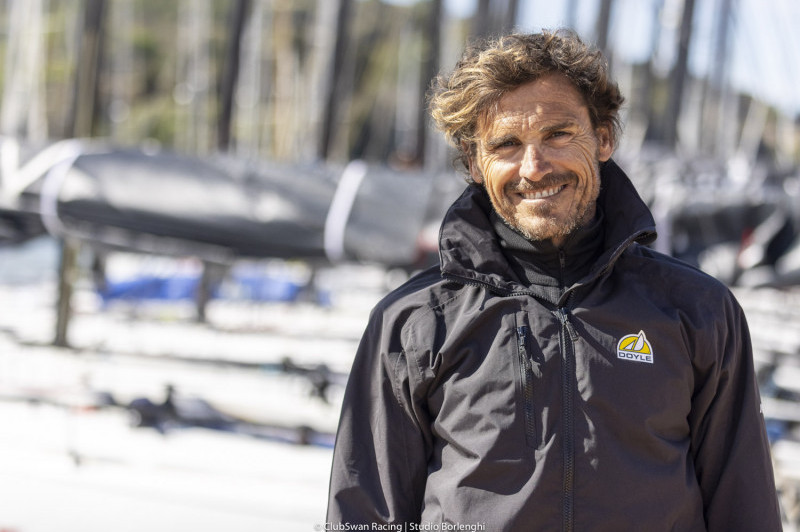
Owners at this level are generally highly successful, competitive personalities who like to win. However, Mariño says it is vital to strike a balance between all-out competition and the owner’s enjoyment. ‘The owners want to come to refresh their minds away from their business lives,’ he says. ‘We need to take care not to make the sailing another burden. A big part of our job is balancing enjoyment with the technical performance aspects, the strategy and the sport.’
With qualifications in physical education, Mariño also has a professional background in coaching, working with crews and individuals to enable them to develop their skills and perform to the best of their ability. As such he has imparted his knowledge and experience in the service of other people – a useful platform to bring to the world of big boat sailing.
‘When I think about what I do in the TP52, Maxi or Grand Prix classes all over the world, it is really about taking everything that has been discovered at the top echelons of the game and passing on those developments to our clients and coaching them in how to get the best out of them.’
Victor Mariño grew up in Vigo in Spain’s mountainous Galicia region. Situated on the Atlantic coast north of Portugal, Vigo is home to large fishing fleets and popular with big wave surfers. Cold water and heavy winds combine to produce a tough breed of seafarers. The family name Mariño (meaning marine, or of the sea) is common in the region.
‘Some very good sailors have come from this part of the world, Mariño says. ‘I sailed a lot, for example, with Roberto de Castro, widely known as ‘Chuny’, who has done seven round the world races, the Olympics and the America’s Cup.’
Victor Mariño’s father owned a small yacht and enrolled him in a local sailing school at the age of six. ‘He wanted to share time with me on his boat. As kids, we started with Optimists. That grew into a wide circle of sailing friends in the local yacht club with other kids. My love for sailing and racing grew out of that.
‘I loved all sports. I was much better at sport than studying, for sure,’ he laughs. ‘Sailing, football, running, cycling – even basketball, even though I am really small.’ But sailing is where he excelled, progressing quickly from training classes to national and world titles in the two-person Vaurien dinghy class before embarking on a professional sailing career.
Although he never worked as a sailmaker, his abiding interest and role on racing yachts has focused on sails. ‘I am a sailor who trims sails,’ he declares simply. ‘All my racing revolves around trimming.
‘Of course in that process you come to understand how sails work, how to shape them for best performance, how they are designed and manufactured, the properties of different materials and so on.
‘I began trimming headsails and spinnakers, then that developed to mainsails and runners. During the America’s Cup, I was on the traveller and part of the strategy group. I try to understand the whole aero package rather than specialising in one area.’
Over the course of his career, particularly sailing Platoon, current champion in the 52 Super Series, the maxis Momo and Cannonball, plus the Six Metre Momo, Mariño has plenty of experience sailing with and against Doyle Sails’ high-profile line-up of more than 20 sailing superstars, including fellow Spaniard Jordi Calafat, with whom he has a long-standing sailing relationship.
‘We talk the same language,’ he says of the group, which embodies the Doyle Sails “by sailors, for sailors” credo. ‘We are sailors first. For sure, it is about technology and manufacturing and performance, but the passion is always for sailing.
‘I feel honoured to be joining a group of very high calibre sailors, who love the sport and share their passion for sailing within the group and with their clients. I had heard that Doyle Sails worked in a collaborative way and I am happy to confirm that this is true to a much greater extent than I have experienced elsewhere. They talk very openly and share their experience and ideas. And most of all they want their clients to get the best possible sailing experience and enjoy their time on the water.’
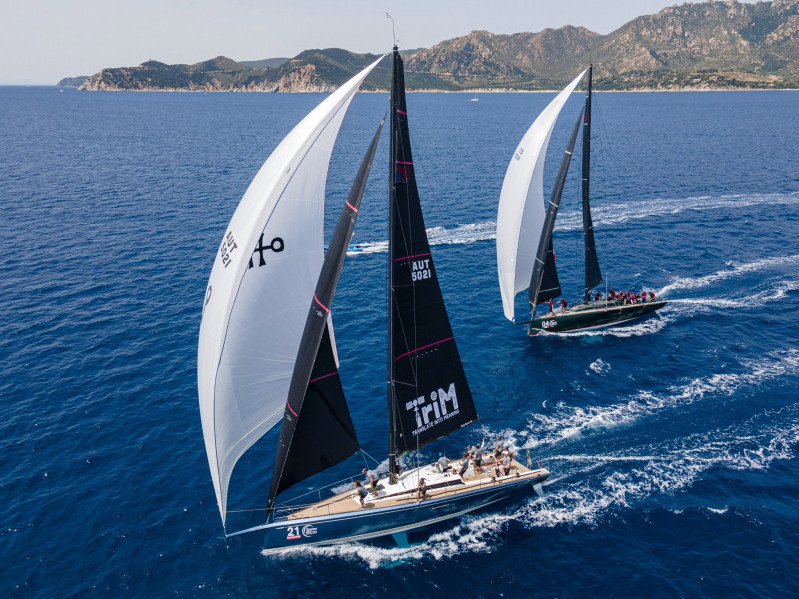
Looking to future shifts in the sport, will we see TP52s, Maxis and superyachts following the America’s Cup and even offshore classes like the round-the-world Imocas into the foiling world?
Victor is doubtful. ‘When you start to talk about foiling, the danger and risk levels go up. The damage becomes more serious and there are bigger chances of injury. Also we can see clearly in the America’s Cup and SailGP that it is for young athletes.’
He notes that most of the current generation grew up in displacement or planing classes, hence have no background in foiling. Now it is different. The next generation is already foiling at 13 to 15 years old. So maybe foiling will be embedded in their sailing DNA, which will likely continue into bigger boats in the future.
With Doyle Sails at the vanguard of major advances such as Structured Luff and Cable-less technology and state-of-the-art materials like Stratis and the new Hybrid formula, the search for progress and improvement never ceases.
‘The technology is always moving forward,’ Mariño acknowledges. ‘Computer software gives us much more data every year so we discover things all the time that we didn’t know before. We experiment. There are always new ideas. New materials. New combinations of materials, lighter and stronger. Better support for the fibres.
‘So, there is a constant evolution of technology and a constant process of development.’ But, for Victor Mariño, it is never about progress for its own sake. ‘The most important thing is always the service to the clients and the support the Doyle Sails professional sailors can give to the clients.’
‘That is the secret,’ he says. ‘That is the best form of development.’



